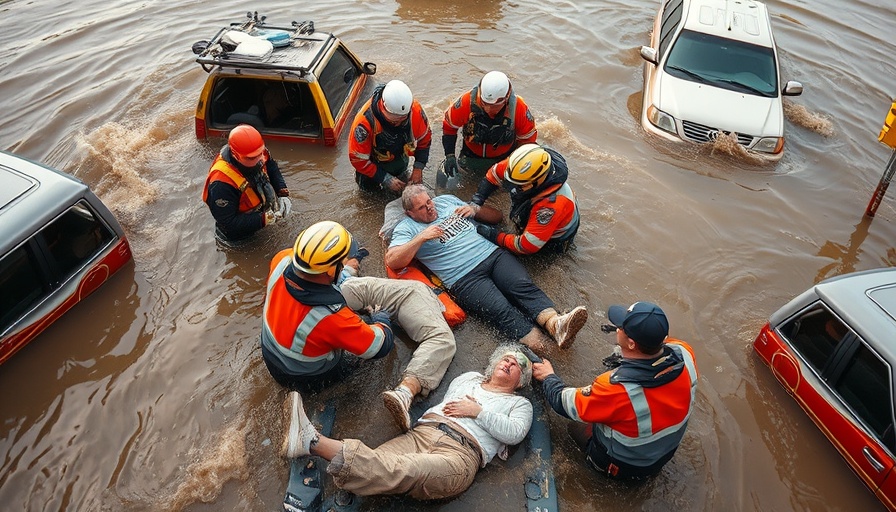
A Devastating Natural Disaster Strikes Texas
In a tragic turn of events, Texas has been shaken by catastrophic flooding, resulting in over 100 confirmed fatalities. As rescue operations continue across the state, emergency response teams are working diligently to save lives and provide essential aid to those affected. With improving weather conditions, the situation is beginning to stabilize, but many challenges remain in the recovery effort.
The Impact of Flooding on Communities
These floods have left entire communities submerged and in disarray. Local authorities are coordinating with state and federal agencies to assess the extent of the damage, which is expected to be extensive. Homes, infrastructure, and roads have been severely impacted, leading to a loss of property and displacement of countless residents. The emotional toll on families has been significant, with many losing everything they own in a matter of hours.
The Role of Weather in the Disaster
Recent weather patterns have contributed to the severity of this flooding, with heavy rain falling over multiple days. Meteorologists had anticipated rain, but the volume was well beyond what was forecasted. This disaster serves as a reminder of the potential unpredictability of nature and has raised awareness about the need for effective weather prediction and emergency preparedness. As the state recovers, questions about climate change and its impact on weather events are coming into sharper focus.
Rescue Operations and Community Spirit
Despite the devastation, stories of heroism and community spirit are emerging daily. Volunteers from all walks of life have come together to support their neighbors. Shelters are being established for those displaced, and community organizations are mobilizing to provide food, clothing, and medical assistance. These acts of kindness highlight the resilience of the human spirit even in the face of adversity.
Future Considerations: Building Resilience
Looking ahead, it is crucial for communities to consider ways to build resilience against future natural disasters. This may include investing in infrastructure improvements, enhancing emergency response protocols, and educating citizens about disaster preparedness. By taking proactive measures, communities can mitigate the impact of similar events in the future. Collaboration between local governments, emergency services, and community groups will be vital in fostering a safer environment.
Emotional and Human Interest Perspectives
The emotional fallout from this tragedy cannot be understated. Many individuals are grappling with loss, uncertainty, and trauma. Psychologists and counselors have begun providing resources to help residents process their grief and recover emotionally. Sharing stories of survival and support can play a crucial role in community healing, fostering connections and helping individuals navigate the long road to recovery.
Conclusion: A Call for Action and Support
As rescue efforts continue and recovery begins, it is essential for the national community to come together in support. Donations to local charities and relief funds can make a significant difference in the lives of those affected. Now more than ever, solidarity is needed—every bit of help counts in rebuilding lives and restoring hope after this catastrophic event.
 Add Element
Add Element  Add Row
Add Row 



 Add Row
Add Row  Add
Add 


Write A Comment